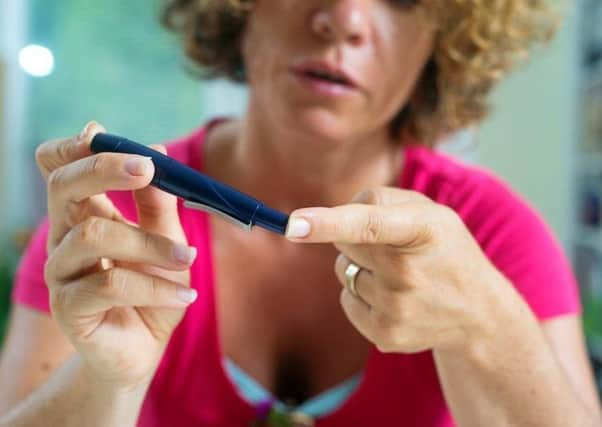Diabetes work in Fareham and Gosport rated outstanding but GP warns: Challenges still remain


Dr Paul Howden, a Fareham GP, vowed there must not be a let-up in the challenge to tackle diabetes.
It comes as the 2016/17 Diabetes Assessment, a report by NHS England, rated diabetes work by Fareham and Gosport and South Eastern Hampshire clinical commissioning groups (CCGs) as outstanding - the highest of ratings.
Advertisement
Hide AdAdvertisement
Hide AdThe assessment is based on two key diabetes indicators – and provides a snapshot into how CCGs nationwide compare against each other.
Figures from Public Health England show, in Fareham and Gosport there are 11,497 people with diabetes and in south eastern Hampshire there are 12,283.
As previously reported in The News, concerns had been raised about the number of people with diabetes in the two CCG areas having major amputations.
Dr Howden said: ‘It is always pleasing to see “outstanding” against our CCGs, but my message to colleagues in our practices and our patients is that we could and must do better. These findings are not fully comprehensive and we should not get carried away.
Advertisement
Hide AdAdvertisement
Hide Ad‘We must work harder to engender patient involvement and ownership of their diabetes and the associated risks by explaining how we can support them to meet their treatment targets.’
In the past two years, the two CCGs have been working with GP practices to identify more patients who may unknowingly have diabetes – so they can be treated faster.
If left untreated diabetes is associated with heart disease, stroke, blindness, kidney disease and amputations.
The CCGs were recently awarded funding to identify patients who are currently failing to meet one or more of their treatment targets.
Advertisement
Hide AdAdvertisement
Hide AdDr Howden said: ‘For some time, we have been very concerned about the number of patients with diabetes who have required amputations.
‘We can reduce the rates of amputations by identifying patients at risk and working with them to take steps to prevent them from developing diabetes in the first place – or assist them in better management of the condition.’